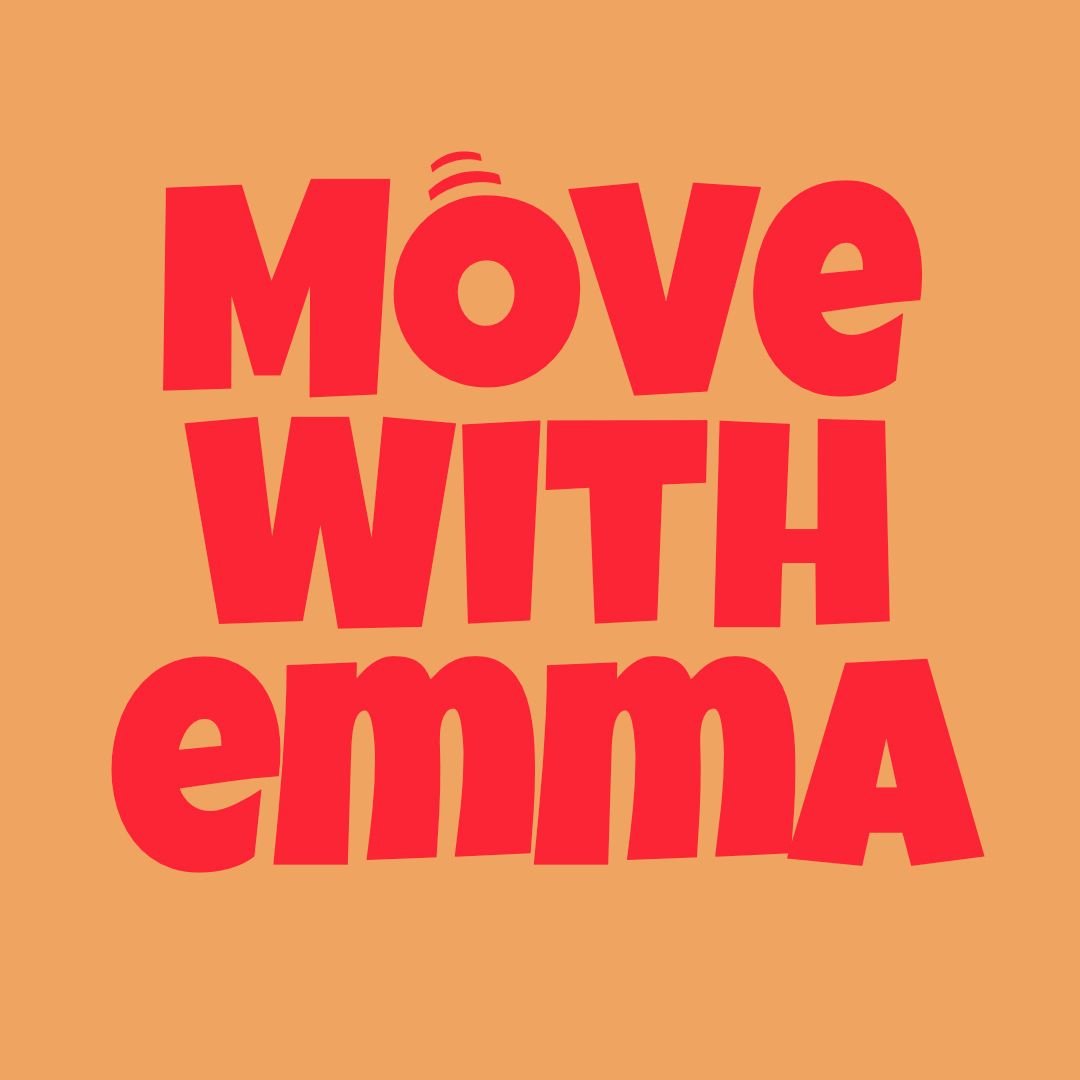How Movement can help reduce anxiety
Anxiety is something that most of us associate with the mind. And, yes, anxious thoughts are mind-based. But have you ever thought about whether anxiety actually starts in the body or the mind?
Actually, it could be either.
Scientists can’t agree. The advantage of that is we’ve got two pathways to deal with anxious feelings - the mind AND the body. Your current mindset might lead you to respond to anxiety with overthinking, rumination, catastrophising and self-criticism - until you learn tools like reframing, neutral thinking etc to do this differently. But you’ve also got another, arguably more powerful, option: your body.
I am a mindset coach because a lot of resilience comes from thoughts, beliefs, perceptions and self-talk (and how easy you find it to change all that if it’s unhelpful or negative). But I am also a somatic coach because our bodies have SO much influence over how we feel, act and behave.
[The science bit..]
Anxiety = fight/flight/freeze. This is panic mode, where your body pumps blood only to the parts of you that you need for survival (e.g. legs to run) and drains it from areas not urgently required - such as parts of the brain responsible for logic and getting perspective on a situation. That’s why you feel overwhelmed, unable to think clearly or organise thoughts when you’re anxious. It’s a lack of brain blood.
And there’s one very effective way to reverse that: MOVE.
Movement will fill your body up with endorphins, washing away the cortisol and adrenaline that are sustaining panic mode. If you move with people you like to music you enjoy, you’ll activate the pleasure centre of your brain - which adds lovely oxytocin, dopamine and serotonin into the mix. And when your body is full of these feel good chemicals you start to come out of panic mode. Blood rushes back into ALL of your brain. The anxiety slide/spiral stops, overwhelm eases - and you feel good. And all it took was raising your heart rate.
In my experience we massively overcomplicate anxiety - which makes it seem like a huge hill to climb when it’s more of an annoyingly persistent slope. Here are 3 steps you can take in the right direction today:
Notice your current habitual response to anxiety - Shutting down? Ruminating? Lots of wine? Start programming in a new one: “I’m anxious. Right, I’ll move my body” (it will take 1-12 months for this to become automatic).
Try seeing anxiety as a choice. Sounds faintly ridiculous I know. But if you try this idea on you’ll start noticing the moments where you follow anxiety instead of choosing something else (e.g. pausing, asking for help, being creative, setting a boundary etc). And when you see it’s a choice, you can choose a different response.
Stop describing yourself as “an anxious person.” This is programming you to always choose anxiety because that’s what aligns with how you see yourself. Change how you see yourself and, I promise, you will start to feel and behave differently.


